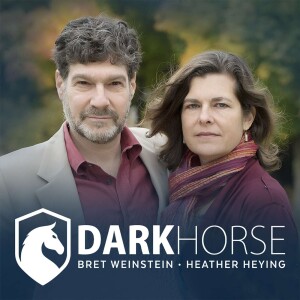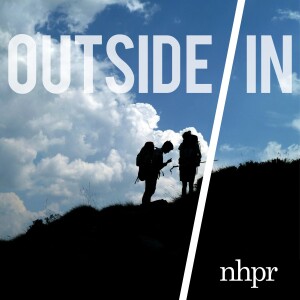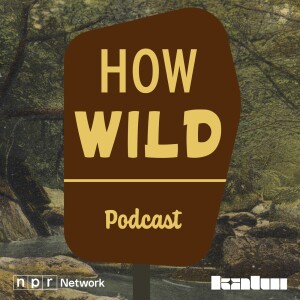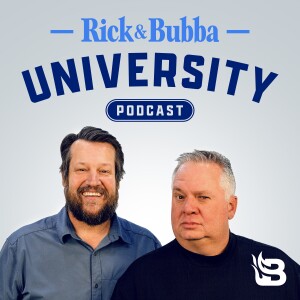

Episode List

Fountains of Youth? Metformin, Nicotinamide Riboside & Mononucleotide, Elysium & ChromaDex, & Caloric Restriction
Lucas Cranach - Der Jungbrunnen (The Fountain of Youth), 1564 (Wikimedia Commons) Bo and I discuss some of the leading candidates for extending both human lifespan and “health-span”, including metformin, nicotinamide riboside & nicotinamide mononucleotide, and caloric restriction. We also chat about some of the companies working in this area, as well as novel business models that may or may not be a strategy to enable rigorous research of something as difficult to study as human lifespan.References:Coming soon

How to Grow a Baby

Inheriting Politics
In preparation for the upcoming mid-term elections in the United States (REMEMBER TO VOTE ON NOVEMBER 6TH !), Bo and I chat about how much of a person’s politics are inherited genetically from their parents, as well as some companies that are entirely devoted to trying to make you vote in a certain way. I learned quite a bit prepping for this conversation, and suffice it to say that I was pretty surprised with what I learned.Note about the recording: if you can’t tell, we’re using a new audio set-up (thank you Patreon & Twitter supporters!!!). While we have gotten rid of some of the ambient noise – at least as much noise as you can in a Philly apartment – we’re clearly lacking pop-filters on this recording. So, apologies for the heavy Ps and Bs on this one; a pop-filter has been ordered.ReferencesComing up

The Beast Inside Us All (SPE II)
M.C. Escher, Circle Limit IV. From Wikimedia: https www.wikiart org:en:m-c-escher:circle-limit-iv Participants of the SPE One example of the prisoner abuse at Abu Ghraib Bo and I discuss a debate that's existed in science for...what seems like forever. Is everyone capable of the types of atrocities that occurred throughout history, like the prisoner abuse at Abu Ghraib? Philip Zimbardo, the primary researcher who led the Stanford Prison Experiment, posted a defense of his study, and we use it as a framework to discuss what we know - and, more importantly - don't know about human behavioral predispositions.We also updated our recording set-up, so I hope you'll excuse any audio weirdness as we go through growing pains. Literature referenced:LUIGI BARZINI, author of “The Italians”; ROME. (1973, March 25). How Pirandello Became Pirandellian (And Other Things). Retrieved from https://www.nytimes.com/1973/03/25/archives/how-pirandello-became-pirandellian-and-other-things-barzini-on.htmlHeirs of Pirandello. (1999, March 10). Retrieved from https://www.theguardian.com/theguardian/1999/mar/10/features11.g26Philip Zimbardo's Response to Recent Criticisms of the Stanford Prison Experiment. (n.d.). Retrieved August/September, 2018, from http://www.prisonexp.org/response/Haney, C., Banks, C., & Zimbardo, P. (1973). Interpersonal Dynamics in a Simulated Prison Study, circa 1973. Retrieved August/September, 2018, from https://exhibits.stanford.edu/spe/catalog/fb081wn8980Zimbardo, P. (2008, September). Retrieved August/September, 2018, from https://www.ted.com/talks/philip_zimbardo_on_the_psychology_of_evil?language=enStanford Prison Experiment: Prisoner 8612's Emotional Breakdown. (2018, June 26). Retrieved August/September, 2018, from https://www.youtube.com/watch?v=kXOM8IK4HOs

Marshmallows & Prisoners: two classic studies are redefined
References:Consent form for Prison Life Study, August 1971: http://pdf.prisonexp.org/consent.pdfStanford Prison Experiment recordings:https://searchworks.stanford.edu/view/jh477zg7277https://purl.stanford.edu/wn708sg0050
Create Your Podcast In Minutes
- Full-featured podcast site
- Unlimited storage and bandwidth
- Comprehensive podcast stats
- Distribute to Apple Podcasts, Spotify, and more
- Make money with your podcast












